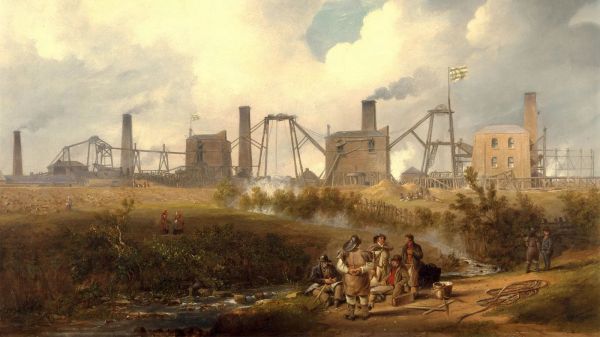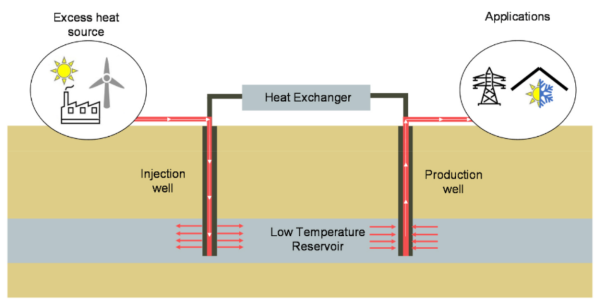Geothermal heat is a tantalizing source of energy that’s quite literally right below our feet. At the same time geothermal energy is hard to develop as the Earth’s crust is too thick in most places, limiting this to areas where magma is close enough to the surface and the underground rock permeable enough for water. The Utah FORGE facility is a field site were researchers are developing and testing ways to increase the scope of geothermal energy.
An Enhanced Geothermal System (EGS) is designed to be capable of using geothermal energy where this is normally not feasible through a technique that’s reminiscent of the hydraulic fracturing (‘fracking’) used by the oil and gas industry, but rather than creating more fractures, it instead uses hydro-shearing to prop open existing fractures and thus create the through-flow of water needed to extract geothermal energy.
So far FORGE has reported the successful creation of a geothermal reservoir where before there was none. This facility is located in the Milford valley in southwest Utah, which has some hydrothermal activity at the nearby Roosevelt Hot Springs, but through EGS other parts of this valley and similar areas could conceivably be used for generating electricity and for community heating as well. In a 2024 study by University of Utah scientists, it is described how the Milford valley’s volcanic past has left a large body of magma below a thick barrier of granitic rock that could provide access to geothermal resources with EGS to create the requisite fluid permeability.
FORGE is not the only facility working on EGS, but many other sites around the world having ceased activities after issues ranging from induced seismicity, susceptibility to earthquakes and budget shortages. Much like fracking, EGS is likely to cause earthquakes. Whether EGS can be made economically feasible still remains to be seen.
Image Credit: Eric Larson, Flash Point SLC













